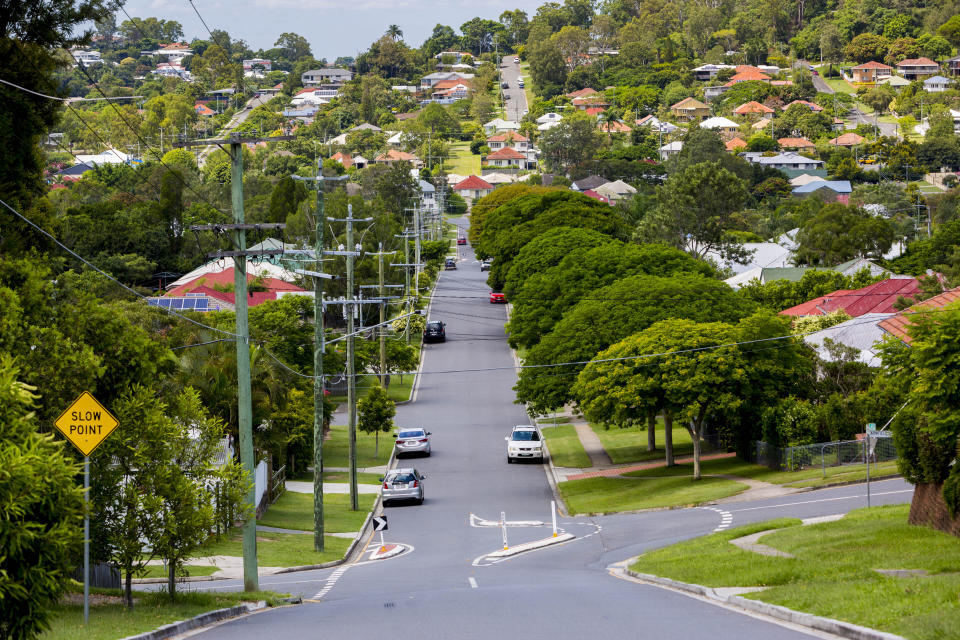The low point in housing: Are we there yet?

House prices are still falling, but the rate of decline appears to be slowing. Does this mean house prices are about to bottom and then move higher or is it merely a moderation in a long run, slow burn for housing?
When the Corelogic house price data for May are released next Monday, they will show that Australia-wide house prices will have fallen by around 0.5 per cent.
This will be the ‘best’ result in over a year which had seen monthly falls constantly close to 1.0 per cent.
The slower pace of price decline coincides with news since the start of 2019 showing a moderate upturn in housing auction clearance rates, especially in Sydney and Melbourne, which is usually a positive sign for house prices.
Related article: Property market turns a corner as historic rate decision looms
Related article: Sydney suburbs where apartment prices rose MORE than houses
Related article: Fresh challenge for negatively geared investors
While the number of sales are still low, the fact that a rising share of those sales are selling under the hammer at auction is a sign that prices are close to a bottom.
There are other reasons to think that house prices will find a floor in the next few months and could even start to rise during 2020.
Important is the still massive pace of population growth, which is being driven by booming immigration levels. With the population set to rise by around 400,000 people in the next year and 1.2 million over the next three years, there will be a huge underlying demand for housing simply because there are more people. And this is whether the new Australians rent or buy their dwelling – there will be a strong foundation of underlying demand.
At the same time, and somewhat perversely, the slump in residential building approvals that began in the middle of 2018 means future construction or the new supply of dwellings in other words, will tapper off over the remainder of 2019 and well into 2020. The decline in dwelling construction could be quite sharp.
This means the new supply of dwellings will moderate which, in the context of unrelentingly strong demand as Australia’s population grows, places a structural floor under house prices.
Another reason to think that house prices will soon stabilise and then could start to edge up again is easier monetary policy from the RBA and other regulators.
The credit crunch has eased somewhat and is now easier to get a loan with the change in rules that reduces interest rate stress test applied to many first home buyers. As such, loans that may have been previously rejected because of this stress test should now be approved which will see some additional demand for housing.
At the same time and even more importantly, all other borrowers are about to benefit from interest rates cuts that have already occurred within the banking sector as the bank margins have widened.
The RBA is poised to resume the interest rate cutting cycle with the futures market pricing in around 50 basis points of rate cuts before year end. Given the bulk of this will be passed on to retail lending rates.
These lower interest rates will allow people previously reluctant to enter the housing market to step up and buy and for those with existing mortgages, there will be a positive effect on their cash flow which should help to boost consumer spending and help the economy to recover.
Strong economic growth and a buoyant labour market are vital for the health of housing.
Picking turning points in the housing market is difficult.
But is does appear that a range of more positive factors are starting to line up to suggest that house price declines are close to an end. It looks likely that house prices will find a floor in the next few months and could start edging up before the end of 2019 and will register decent gains in 2020.
Stephen Koukoulas is no nonsense economist who calls it without fear or favour. He is currently Managing Director of Market Economics as well as being a Research Fellow, Per Capita. Stephen is also a keynote speaker at Ode Management.
Make your money work with Yahoo Finance’s daily newsletter. Sign up here and stay on top of the latest money, news and tech news.

 Yahoo Finance
Yahoo Finance 